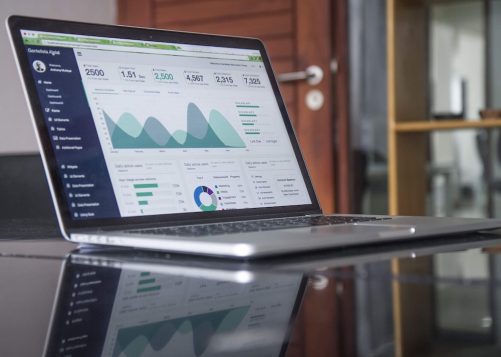
What’s big data’s role in marketing automation?
Table of contents
A well-known marketing expert once said that “In the future, marketing automation will use big data and analytics to predict the right action to take at any time.”
At the time – way back in 2014 – this was somewhat of a bold prediction. Big data and marketing automation were already established, but few people considered them to be inseparable. Companies leveraged marketing automation platforms without much consideration for big data (and vice versa) and experienced varying degrees of success.
Increasingly, however, these two elements are becoming inextricably linked. If marketing automation is the star of the show, big data is the leading co-star. The two together create an effective way to collect, sort and gain insight from thousands of data points about customers, campaigns, and products or services. After all, what good is big data if it cannot be leveraged for marketing purposes? Likewise, what good is marketing automation if it’s not based on real behaviors and real metrics?
Thus, big data’s role in marketing automation has become a critical one. Big data is no longer a way to enhance marketing automation; it is the only way to make it work effectively. Without the right data, B2B marketers are blindly automating tasks without any consideration of buyer behavior and preferences—they are automating inefficiencies.
A hypothetical view
Perhaps a better way to understand big data’s role in marketing automation would be to consider a few hypothetical (though completely realistic) scenarios through the lens of a B2B marketer.
- Scenario #1: A website visitor becomes a lead through a whitepaper landing page. Two weeks later, they follow the company on LinkedIn and Twitter. Now what?
In the past, these two actions—though highly relevant to each other—would have been siloed. The lead would have been placed in a “bucket” based on their whitepaper download, but their social actions would have gone largely unnoticed. With the right data and marketing platform, it’s now possible for those social interactions to trigger all sorts of new campaigns and touchpoints. Companies can start creating campaigns around leads who have engaged with them on multiple platforms. This is just scratching the surface.
- Scenario #2: A brand’s latest Twitter campaign is generating increased activity (retweets, favorites, replies, etc.), as well as a high number of leads. Now what?
For a long time, lead gen and social media metrics were quantified independently. Today, not only can B2B brands attribute leads to social channels with extreme precision, they can also pinpoint what types of content subject matter generate said activity. With this data, brands can segment leads based on content preference and move them along the buyer journey with offers that are directly related to what interested them in the first place—nothing irrelevant.
Ordinary actions, extraordinary results
In both scenarios listed above, you can see that there’s nothing revolutionary about the actions being taken to engage potential customers. At the end of the day, we’re still talking about email sends, social media campaigns, content marketing, etc. – pretty basic stuff. It only becomes a game-changer when those actions are triggered based on specific, unique, and proprietary data.
Once marketers realize how big data has become the second-billed star of the marketing action movie, they will see how crucial it is in identifying the customers and accounts that need nurturing, are close to a sale, and what they look for in their marketing content.
What role will big data play in marketing automation in the coming years? What bold predictions are you prepared to make? Let us know in the comments section.




